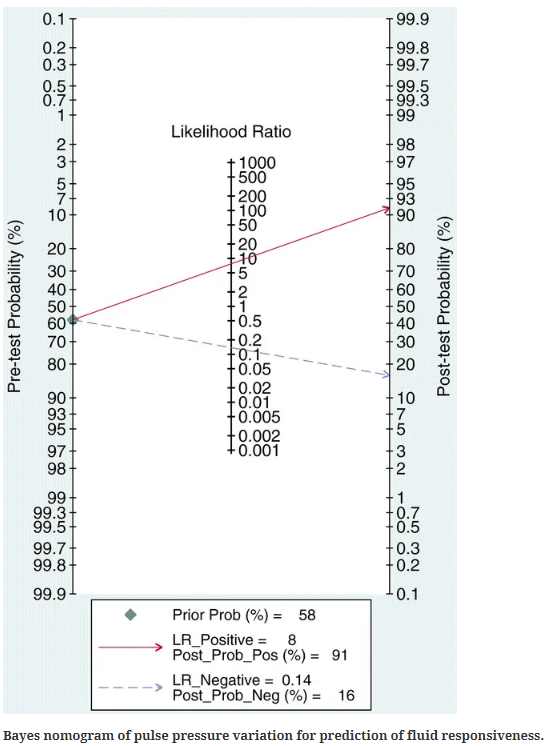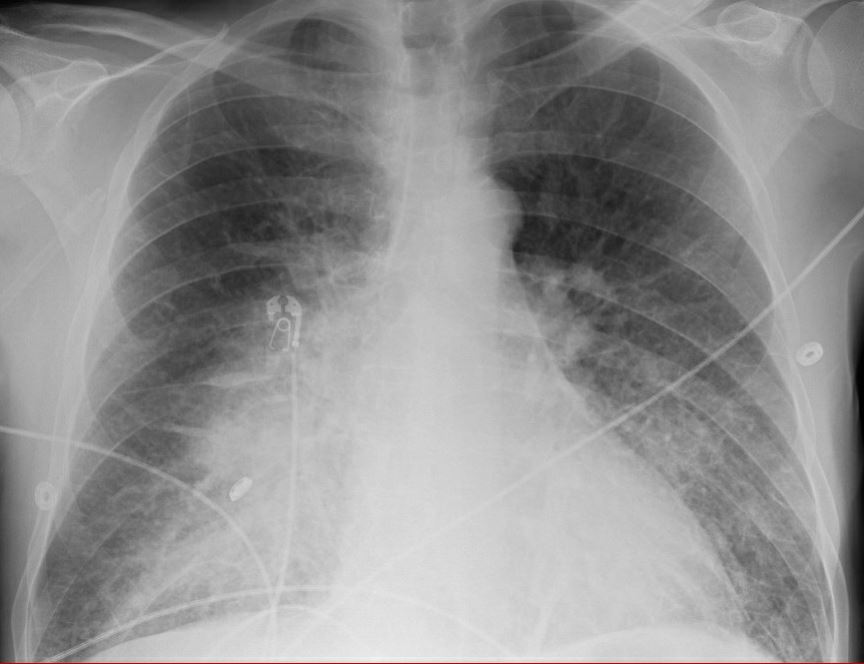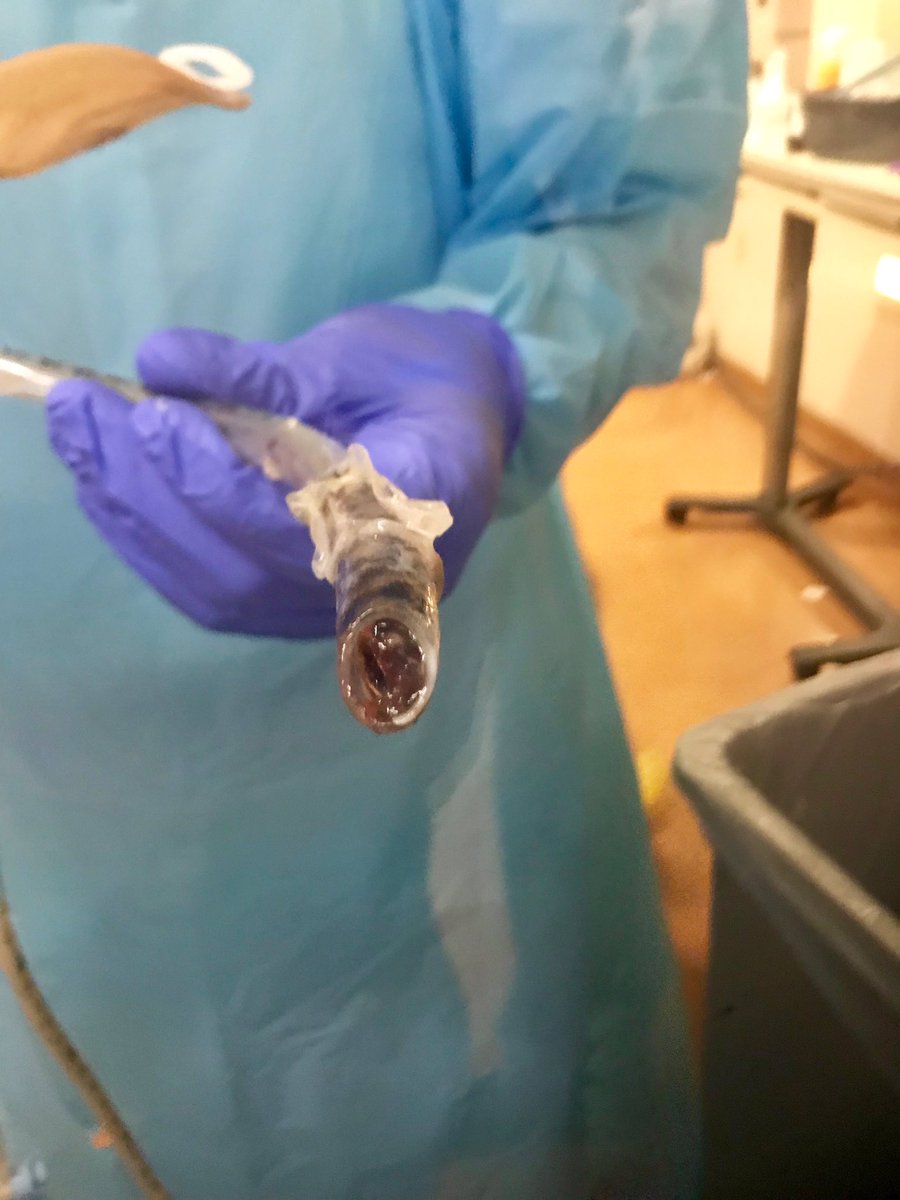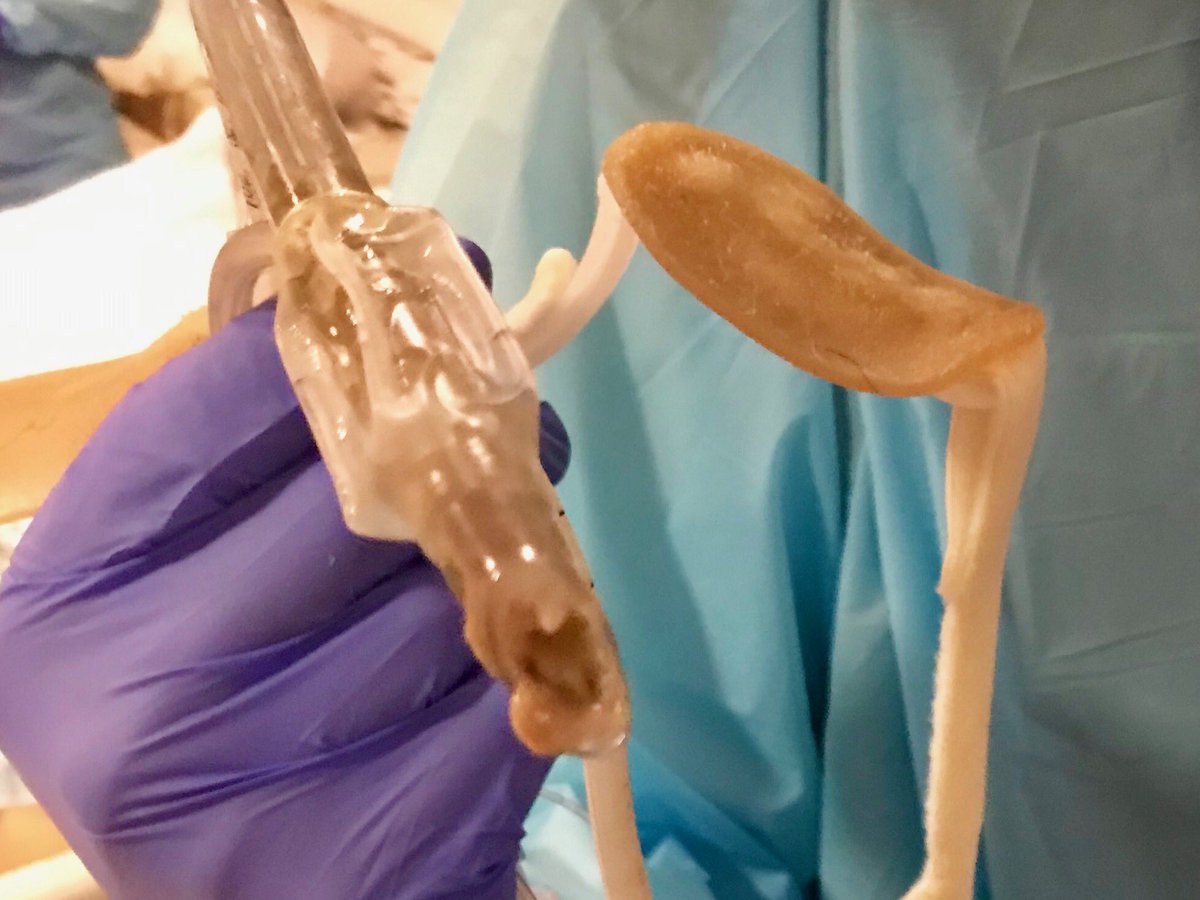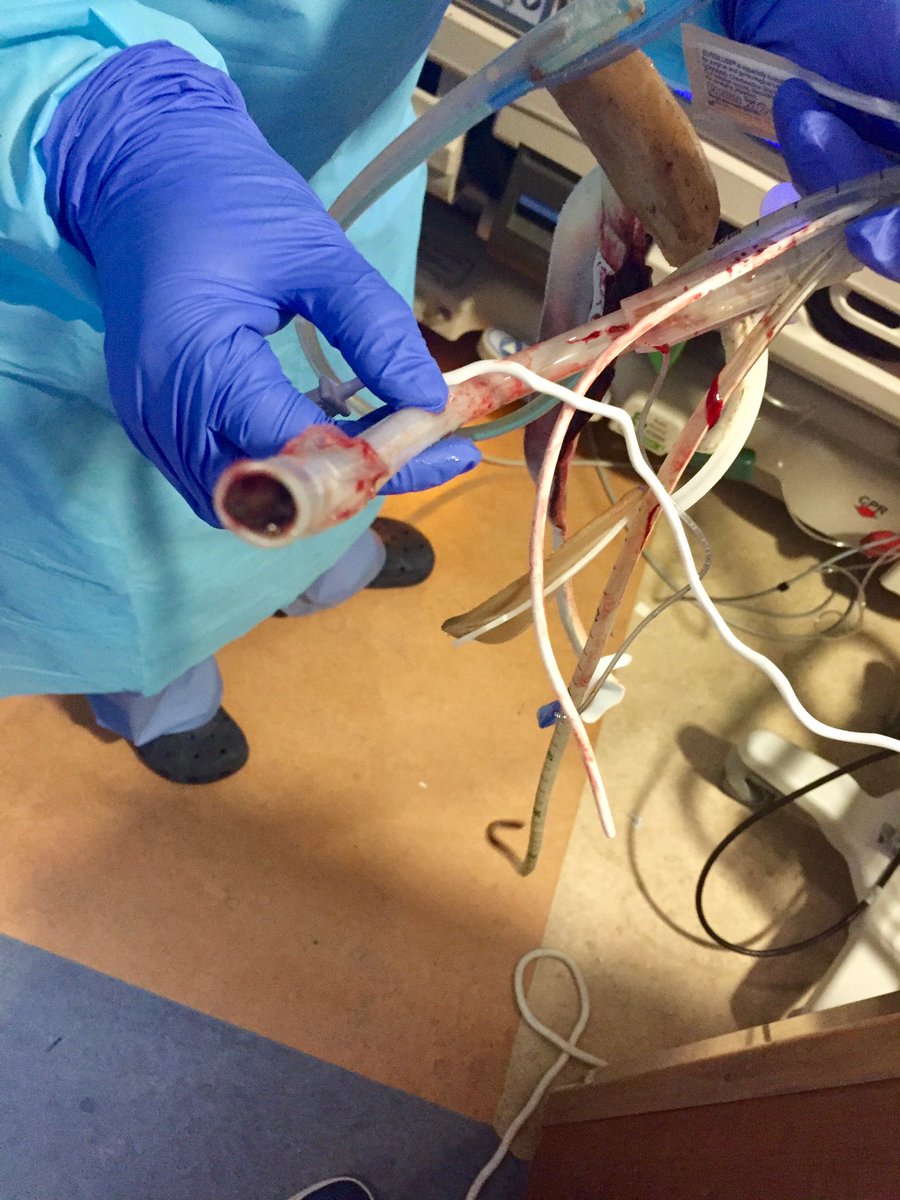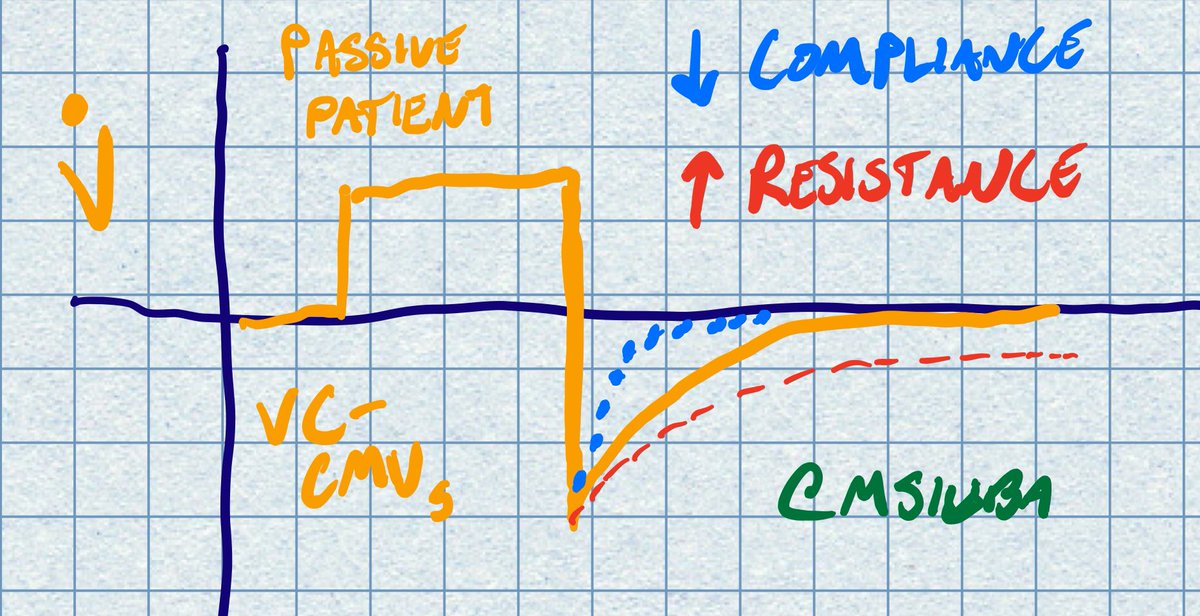Here, @lillieannamd #CleClinicRespiratory shows us how it's done, quickly, on a Phillips monitor. After, we'll talk about uses wrt preload responsiveness... #tweetorial
(1) Patient must be PASSIVELY mechanically ventilated
(2) In sinus rhythm
(3) Tidal volume 8-10 ml/kg.
Key ref: annalsofintensivecare.springeropen.com/articles/10.11…
Key ref: ccforum.biomedcentral.com/articles/10.11…
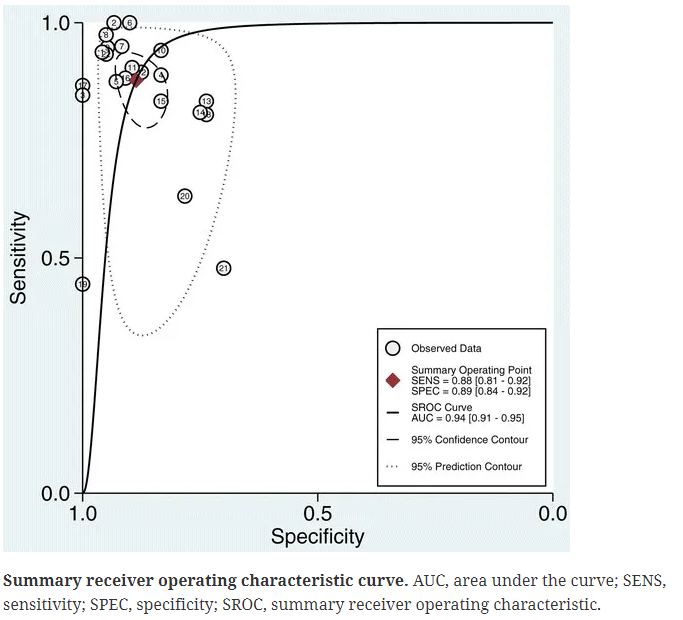
Also, many times the operators are unaware of the assumptions & possible pitfalls! (doi.org/10.1016%2Fj.ac…)
Here are some additional parameters which can threaten interpretation:

emcrit.org/pulmcrit/bolus/
- PPV is useful for preload responsiveness (if appropriate criteria are met)
- Pretest prob of responsiveness is intermediate at best, and diminishes over time (hours!)
- Like many #zentensivist practices, less is more. Be cautious with fluid administration!



